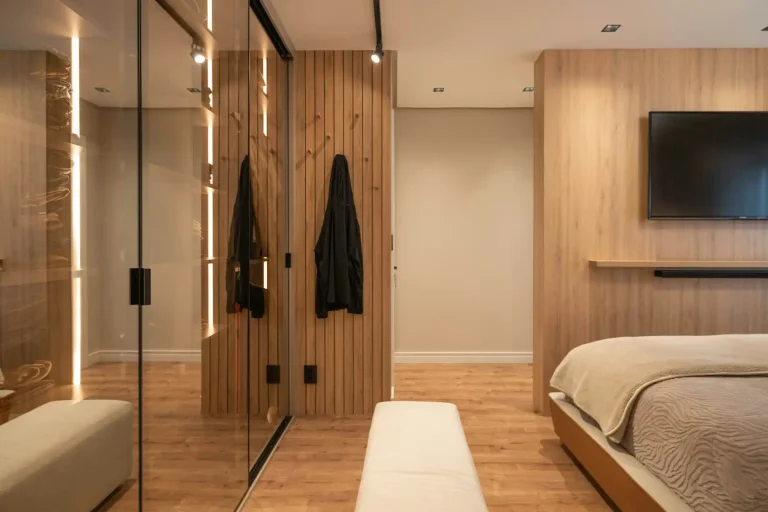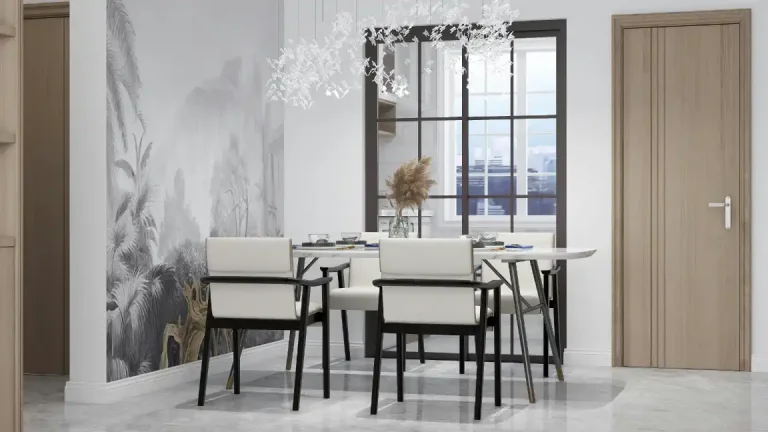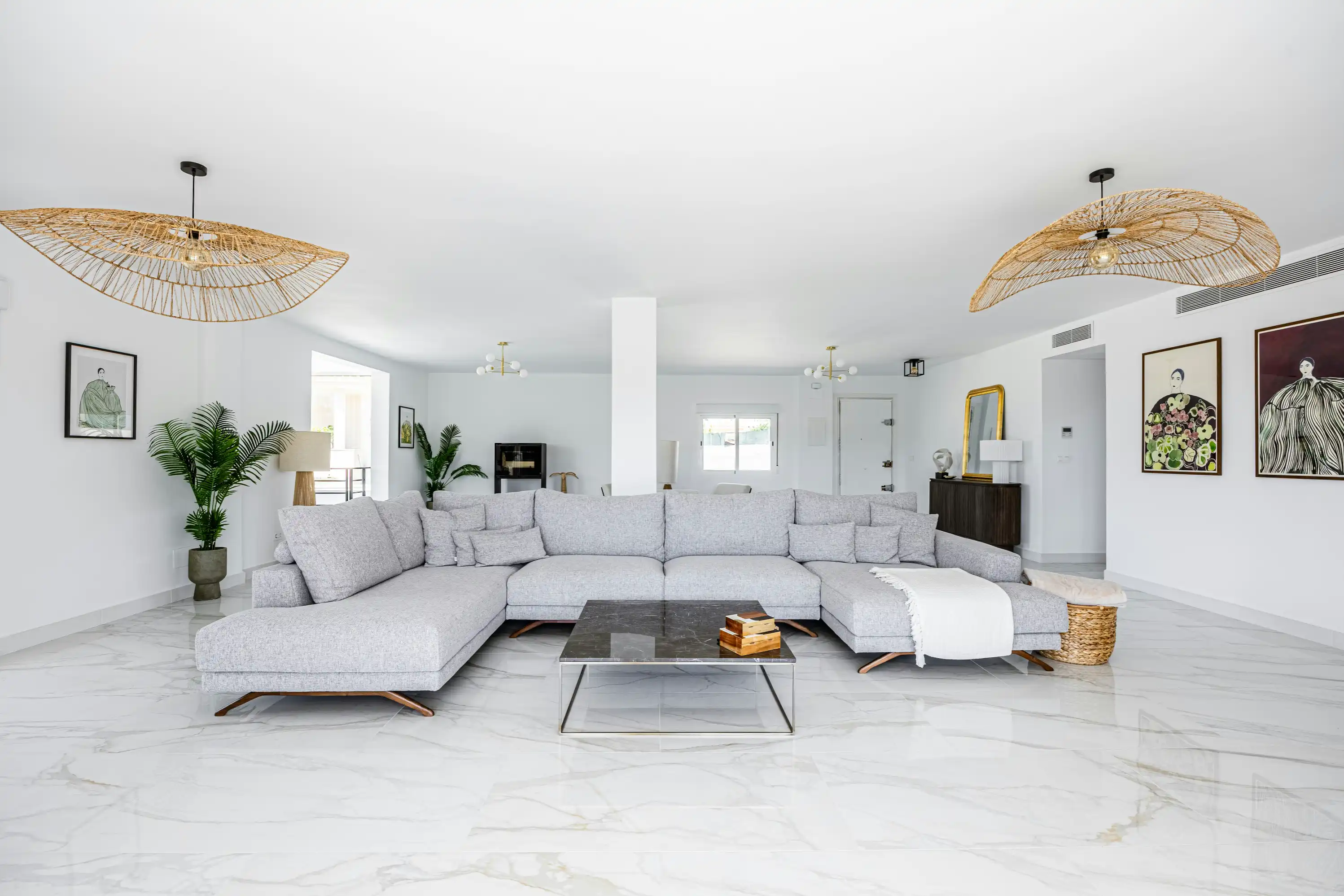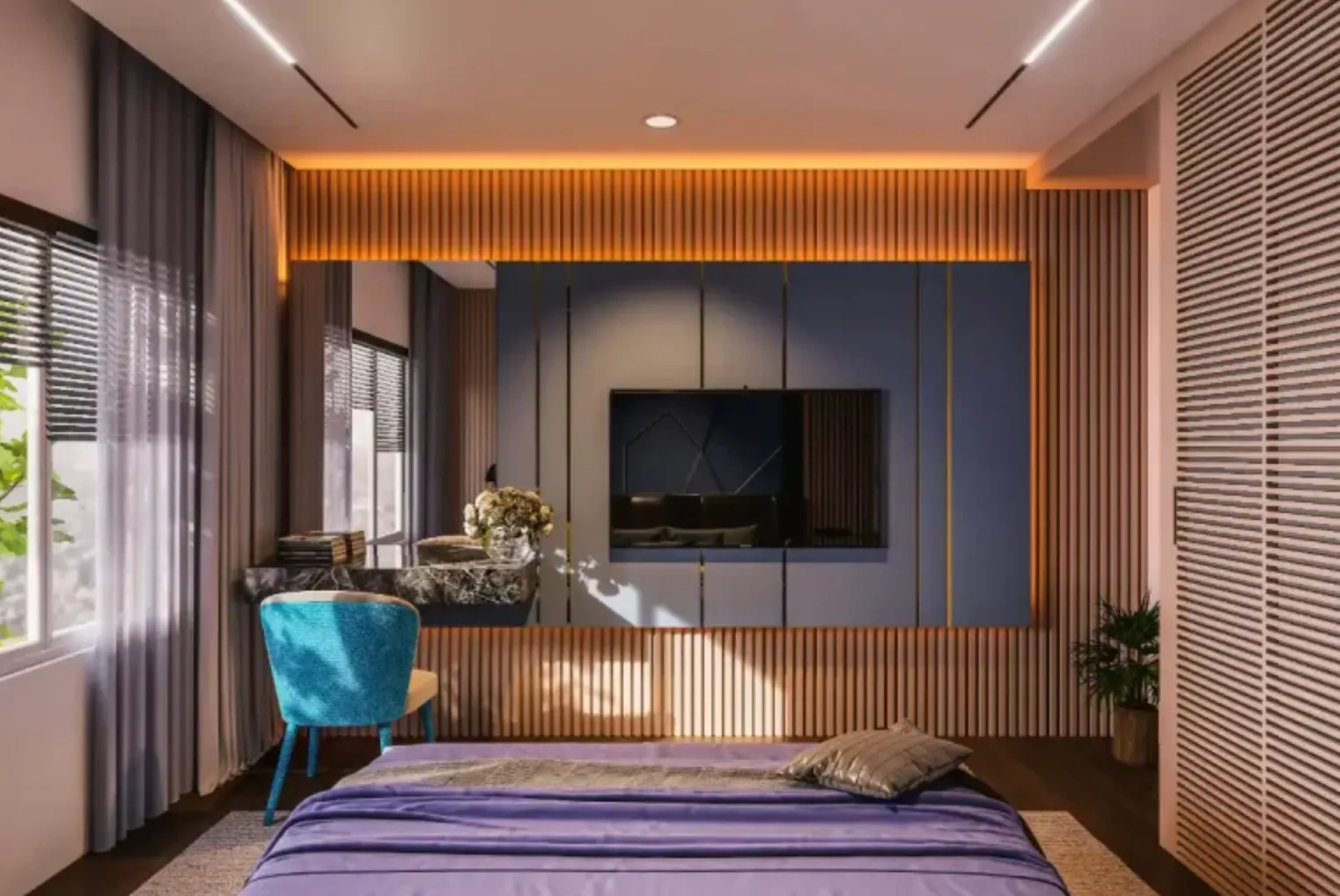Is a Hot Tub Worth It for Your Airbnb? Complete ROI Guide
What single amenity can elevate your Airbnb property from "nice" to "unforgettable" and increase your revenue? For many hosts, a hot tub stands at the top. It's a luxurious feature that guests actively search for and are willing to pay a premium for. Soaking under the stars after a day of exploring transforms an ordinary stay into a memorable experience.
Is a hot tub worth it for your Airbnb? The answer isn't a simple "yes" or "no." It requires understanding costs, benefits, market dynamics, and operational realities. As specialists in data-driven design for short-term rentals, STR Cribs has guided hundreds of property owners through this decision. In this guide, we'll help you navigate the financial and practical considerations to determine if this investment will pay off for your situation.
How a Hot Tub Can Boost Your Airbnb Bookings and Revenue
The appeal of a hot tub goes beyond luxury. It taps into guests' desire for relaxation, indulgence, and a premium vacation experience. This amenity signals to potential bookers that your property offers something special worth paying extra for. Unlike many unnoticed amenities, a hot tub becomes a central part of the guest experience and features prominently in reviews.
The "Hot Tub Effect" on Occupancy and ADR
The data supporting hot tubs as revenue drivers is compelling. Properties with this amenity consistently outperform similar listings without one. Our clients have seen occupancy rates increase by 64% and average daily rates (ADR) jump by 40% after a data-informed renovation that includes strategic amenities like a hot tub. These are transformative shifts in a property's financial performance.
The practical advantage is powerful: both Airbnb and VRBO offer "hot tub" as a search filter. Having this amenity puts your listing in front of a high-intent audience who wants it. You eliminate a significant portion of your competition and position yourself in a less crowded, more profitable market segment.
Creating a Year-Round Destination
A hot tub extends your property's seasonal appeal. While swimming pools sit unused in colder months, hot tubs are more desirable when temperatures drop. Imagine marketing your mountain cabin for summer hiking and cozy winter ski getaways with a steaming hot tub. This amenity transforms a seasonal property into a year-round money-maker, smoothing out revenue fluctuations and increasing annual occupancy.
Calculating Airbnb Hot Tub ROI
The only reason to consider adding this amenity is a positive Return on Investment (ROI). To determine if a hot tub is financially viable for your short-term rental, we need to examine both sides of the ROI equation: the potential Return (increased revenue) and the Investment (upfront and ongoing costs).
The "R" in ROI: Quantifying Revenue Gains
Let's walk through a simple calculation to estimate your potential revenue increase:
Step 1: Estimate ADR Increase. If your current ADR is $250 and market data suggests a 20% lift from adding a hot tub, your new ADR would be $300.
Step 2: Estimate Occupancy Increase: If your current occupancy is 60% (219 nights/year) and you expect a 15% lift, your new occupancy will be 75% (274 nights/year).
Step 3: Calculate the Annual Revenue Difference:
- Before: $250 × 219 nights = $54,750
- After: $300 × 274 nights = $82,200
- Potential Annual Revenue Gain: $27,450
This example demonstrates significant revenue potential, but your results will vary based on your market, property type, and performance.
The "I" in ROI: Understanding the Full Investment
Purchase Price: Hot tubs vary in quality and price:
- Entry-level inflatable tubs, not recommended for most STRs due to durability concerns, cost $500-$1,500.
- Mid-range acrylic tubs, ideal for most Airbnb properties, cost $4,000-$8,000.
- Luxury models: $9,000-$20,000+ (for high-end rentals)
Foundation: A level, solid base is required, typically a concrete pad or reinforced deck section. Cost: $500-$2,500 depending on your property's structure.
Electrical Work: Most hot tubs require a dedicated 240V circuit installed by a licensed electrician. Cost: $700-$2,000 depending on installation complexity and distance from your electrical panel.
Delivery & Installation: Getting the tub delivered and set up. Cost: $300-$800 depending on location and accessibility.
Total Upfront Estimate: $5,500 to $13,300+ for a quality installation with proper foundation and electrical work.
Ongoing Costs: Monthly Budget Items
- Electricity: The biggest variable expense. Depending on climate, usage, and tub efficiency, expect an additional $40-$100 per month. Modern, well-insulated tubs with energy-efficient components will be on the lower end.
- Chemicals: Sanitizers (chlorine/bromine), pH balancers, etc. Cost: $30-$60 per month for regular treatment.
- Water: The cost of draining and refilling the tub 3-4 times a year. This varies by location but typically adds $15-$30 per refill.
- Professional Maintenance (Optional but Recommended): Having a professional service check and maintain your tub between guest stays. Cost: $50-$150 per visit, depending on frequency and services.
- Repairs & Parts: Budget about 5% of the tub's purchase price annually for repairs (heaters, pumps, covers). Even the best hot tubs need parts replacement over time.
Critical Operational & Safety Considerations
The financial rewards of adding a hot tub come with non-negotiable responsibilities. This section covers the practical "work" of owning a hot tub at a rental property – aspects beyond the financial calculations that are essential to your success.
Maintenance & Management: Your New Part-Time Job
Airbnb hot tub maintenance isn't a "set it and forget it" proposition. You need to choose between DIY maintenance (saves money but costs time) and hiring a professional service (adds cost but saves time and reduces liability). Either way, someone must perform these tasks:
Checklist: Essential Hot Tub Tasks
- Testing & balancing water chemistry (2-3 times per week)
- Cleaning filters (weekly/bi-weekly)
- Wiping the shell and cover
- Every 3-4 months, drain, clean, and refill completely.
- Checking the cover and lifter for damage.
- Inspecting jets, pumps, and heating elements for proper function
For remote hosts, professional servicing is nearly mandatory, as guests can’t be relied upon to perform these tasks correctly.
Safety, Liability, and Insurance: Protecting Your Investment
A hot tub poses a significant liability risk. Despite their appeal, hot tubs create an environment where slips, falls, and drowning are possible. A guest injury could lead to a lawsuit that far exceeds the tub’s cost and your insurance coverage.
Before installing a hot tub, contact your insurance provider. Your standard homeowner's or landlord policy may not cover it, or you may need to increase your liability coverage (typically to a $1,000,000 umbrella policy). Some insurers may decline coverage or charge higher premiums for properties with hot tubs, so talk to them before your purchase decision.
Crafting Bulletproof Hot Tub Rules for Guests
Clear Airbnb hot tub rules are essential for safety and protecting your equipment. Post them near the tub and in the house manual. Consider adapting this sample ruleset:
- Shower before entering to remove lotions, oils, and contaminants.
- No glass containers in or near the tub. Broken glass in a hot tub requires complete drainage and cleaning.
- To maintain temperature and prevent accidents, keep the cover on and locked when not in use.
- Don’t sit or stand on the cover ($500 replacement fee).
- Use at your own risk. Owners are not liable for accidents or injuries.
- If you’re pregnant, have heart conditions, or are on medication, consult a physician.
- Do not add soap, oils, or foreign substances to the water.
- Maximum occupancy: [X] persons.
- No children under 12 without adult supervision.
- Maximum use time: 15-20 minutes per session.
Is a Hot Tub Right for Your Property?
Now that we've covered the general considerations, let's shift to the critical question: Is a hot tub the right investment for your property?
Market-Specific Demand
Hot tub demand varies by location. In mountain settings, ski resorts, and wooded retreats, a hot tub is almost mandatory; guests expect and actively search for it. Soaking while surrounded by snow or forest views creates an experience guests will pay significantly more for.
In contrast, beachfront or tropical properties may see less demand for hot tubs when swimming pools or the ocean are the primary attractions. Even in these markets, a hot tub can differentiate your property during shoulder seasons or provide evening relaxation after a day at the beach.
Competitive Analysis
Before deciding, conduct a competitive analysis. Search Airbnb and VRBO in your neighborhood with filters matching your property (bedrooms, bathrooms, etc.). Then answer these questions:
- What percentage of comparable properties have hot tubs?
- Do properties with hot tubs command higher nightly rates?
- Are properties with hot tubs booked more frequently?
- What do guest reviews say about local hot tubs?
If few comparable properties have hot tubs, it is a powerful differentiator. If most already have one, it is necessary to remain competitive. This analysis provides crucial market-specific data for your decision.
Conclusion
A hot tub can boost Airbnb bookings and prices, but it comes with significant costs, maintenance duties, and liabilities. The decision to add one represents a major vacation rental investment.
Is a hot tub worth it for your Airbnb? The answer lies in the data. An uninformed decision is a gamble; a data-driven one is a strategic investment. The most successful STR owners aren't those who blindly follow trends but those who make calculated decisions based on market analysis, competitive positioning, and property-specific financial projections.







.webp)


